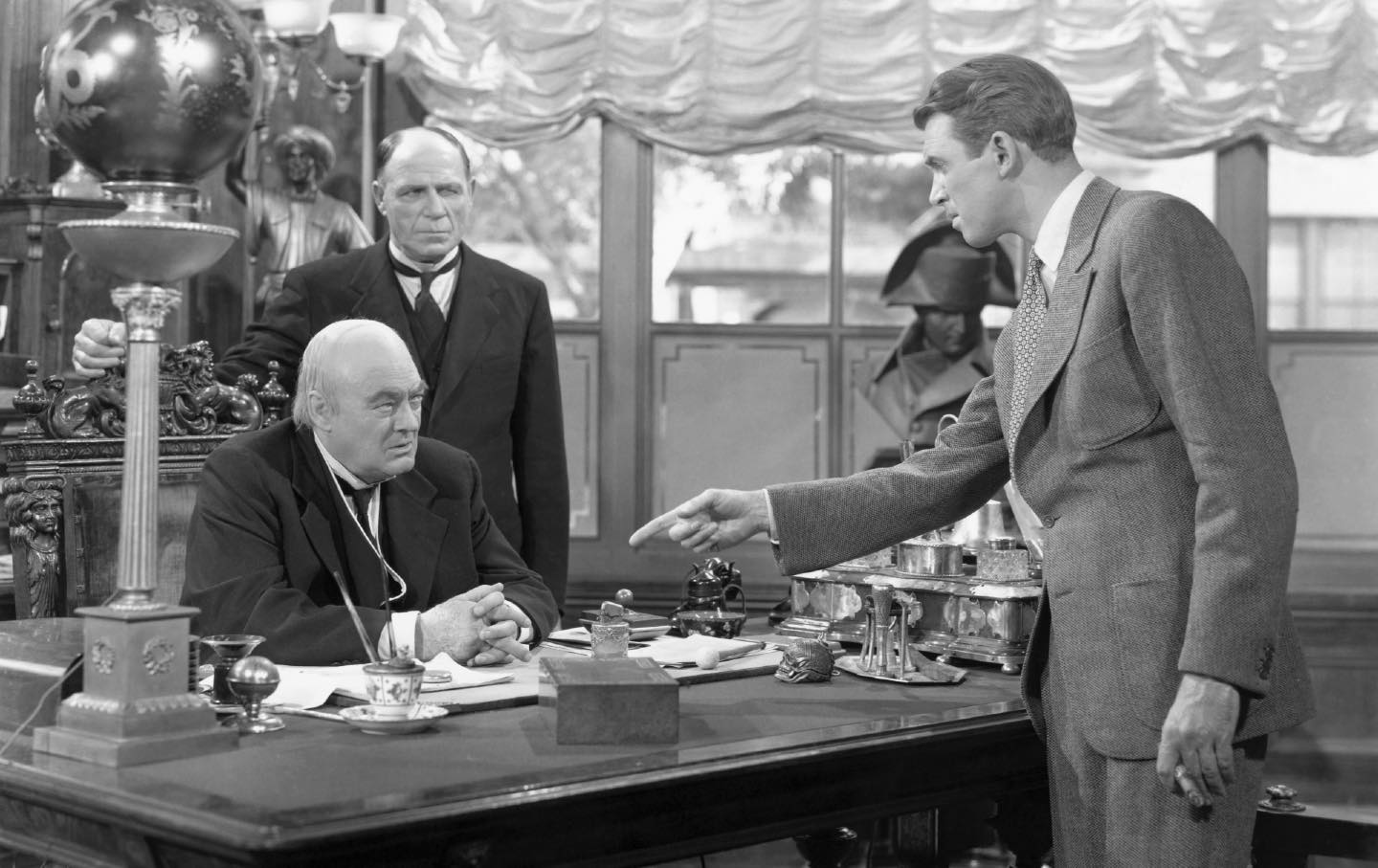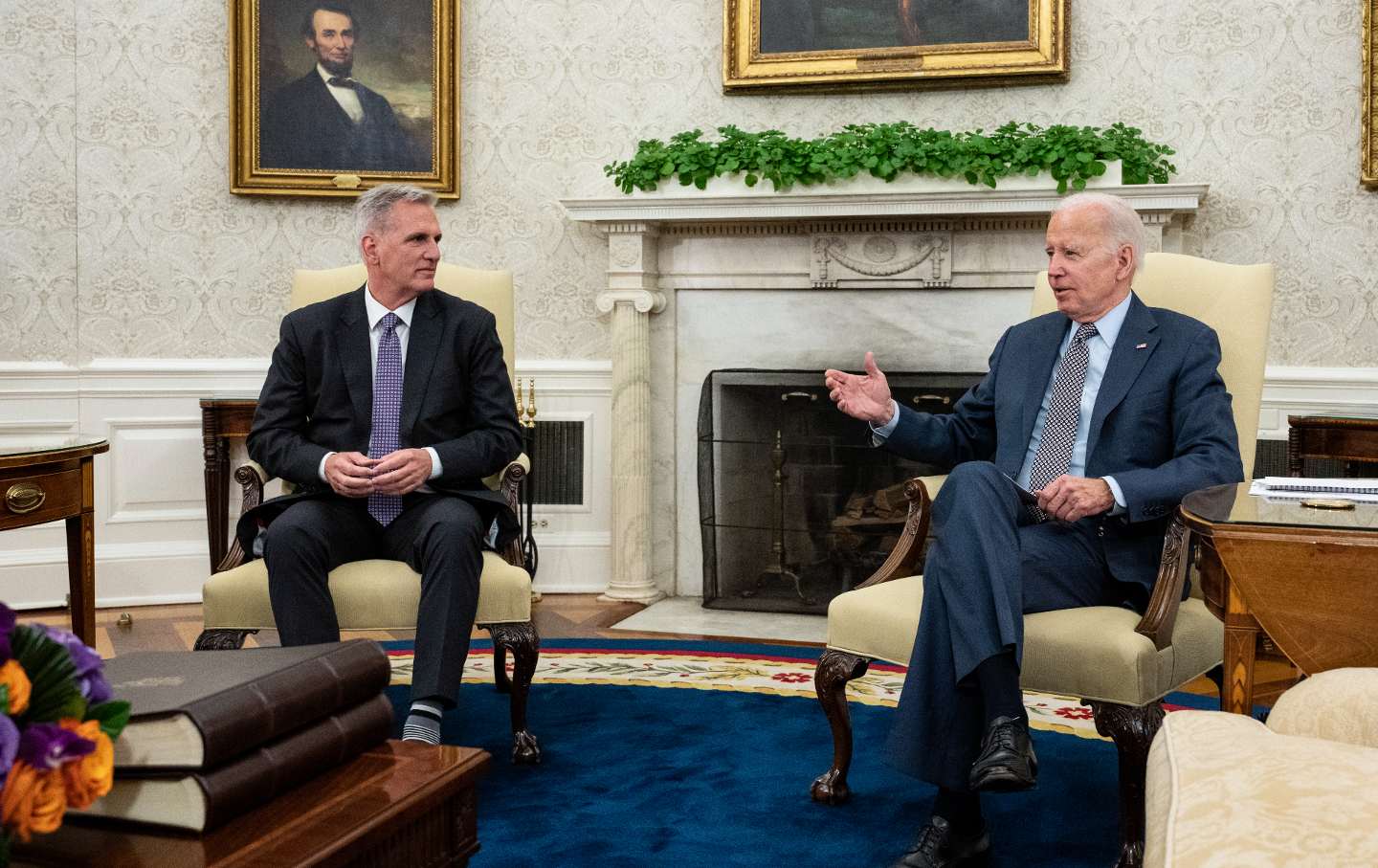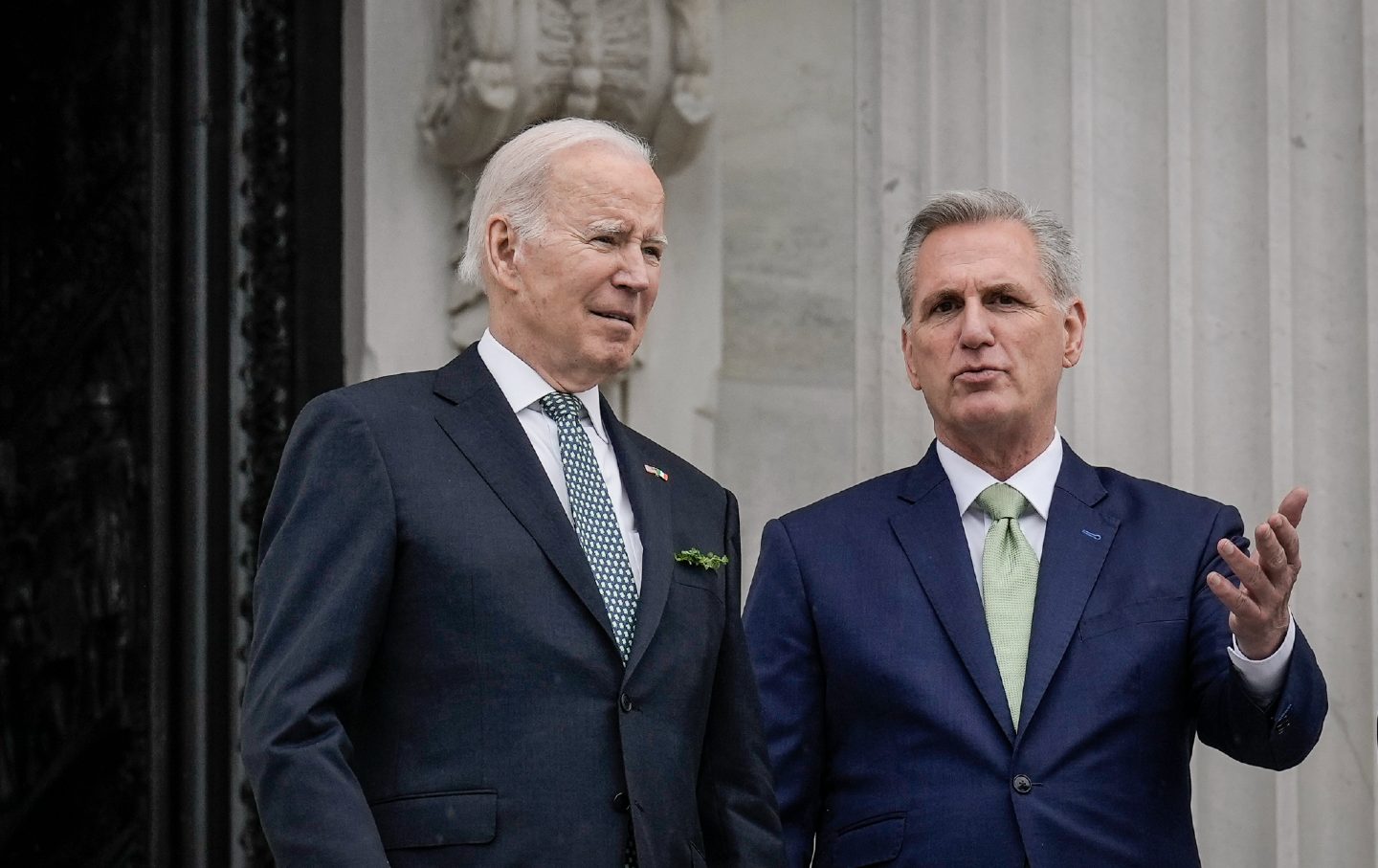In Defense of the 30-Year Mortgage
A recent New York Times column argued that the long term fixed-rate loan popular with US homebuyers is unfair to banks. In fact the arrangement—a fruit of the New Deal—is something all Americans should be thankful for.

Anatole France wrote that “the law, in its majestic equality, forbids the rich and poor alike to sleep under bridges, to beg in the streets, and to steal their bread.”
The spirit of that remark, stripped of irony, pervades a column by Ben Casselman in The New York Times on November 19, 2023, attacking America’s peculiar institution—not slavery this time, but the 30-year, fixed-rate mortgage. Casselman’s complaint is backed by the high authority of a Harvard economist, John Campbell.
Their thrust is that the 30-year, fixed-rate mortgage—fairly standard in the United States—unfairly protects current homeowners from the risk of rising interest rates. That risk is therefore borne (they say) by the lenders, whose assets are devalued, and also by prospective homebuyers, who find fewer houses for sale, and at prices they can no longer afford. Meanwhile, aging boomers hold on to homes they might otherwise unload. Casselman writes, “Buyers get all the benefits of a fixed rate, with none of the risks.” Campbell confirms: “It’s a one-sided bet,” and goes on to add: “If inflation goes way up, the lenders lose and the borrowers win…”
This is where my Anatole France moment kicked in. My father—also a Harvard economist in his day—once elaborated what he called Galbraith’s Law: “People who have money to lend, tend to have more money than people who do not have money to lend.” Casselman and Campbell believe that the market, in its majestic equality, should distribute risk equally to lenders and borrowers alike—to the have-mores and the have-less, to the bank and to its customers.
Message to modern Harvard and The New York Times: Guys, the entire point of a fixed-rate rate, 30-year mortgage is to reduce the risk to the borrower. Moreover, the transaction is voluntary on both sides. It is made in what we economists like to call a “free market.” If lenders don’t want to take the risk, they don’t need to make the loan! This is called “free choice.”
Moreover, the lender is generally quite big; the borrower is usually very small. The lender usually makes many loans; the borrower usually takes out only one or two. By the very fact of making many loans, at different times, to different people, at different rates under differing conditions, the lender diversifies and mitigates its risk. The borrower cannot do the same.
If the lender makes the loan but wants to get rid of the risk, there are still more options. Lenders can insure against risk—that is what Credit Default Swaps are for. Or the lender can bundle the loan with others and sell the package to some other entity, such as Fannie Mae, Freddie Mac, or a private investor. This is called a mortgage-backed security. There is nothing wrong with them in principle, so long as the underlying loans are not massively fraudulent—as they were in the run-up to the financial crisis in 2007–08. The big lender has many options; the small borrower has few, and those they do have are purchased at retail, which is far more costly.
Casselman points to Britain, where mortgage rates are fixed only for short periods, and to Germany, where refinancing is more difficult, as alternative models. He does not give any reason to believe that homeowners (or homebuyers) are better off in either country. Since both Germany and Britain have notoriously powerful banking cartels, one might suspect that their institutional arrangements owe something to that fact. Whereas ours are a relic of the New Deal—the one period in American history when the banks did not call the shots.
Casselman and Campbell shed crocodile tears for the homebuyer, locked out of the market at the moment because greedy and selfish owners decline to give up the good deals they signed a few years ago. They overlook the fact that if a homeowner wishes to hold on to a house without living in it, the option of renting it out remains open. Further, if one wishes to reach the many low-income families who couldn’t come up with a down payment, rental subsidies are possible—not to mention, in theory, public housing. Helping homebuyers is not the same thing as ensuring that people are not forced to live in cars, cheap motels, shelters, or out on the streets.
Finally, Casselman and Campbell presume that interest rates rise only for the good and proper purpose of “fighting inflation”—a noble cause for which all must sacrifice in equal measure. They do not mention that as interest rates rise, so do interest payments on short-term government debt, mainly held by the wealthy. So, since 2009, do interest payments from the Federal Reserve on reserves held by banks. Those interest payments are not generally passed along to a bank’s depositors, often the same people who owe monthly mortgage payments.
It is true that the fixed-rate mortgage protects the homeowner from rising interest rates, whether justified or capricious. And it is true that some other parties don’t get the same protection. But if homeownership is a national policy goal, why shouldn’t it be protected? Ordinary Americans have plenty of insecurity in their lives these days. The alternative “anti-inflation” policy would be mass foreclosure. That would be a savage way to proceed, causing vast harm with very little effect on prices.
And if Casselman and Campbell are right about the pure and noble motives driving the Federal Reserve, what then is the problem? Inflation has now practically come to an end. Many observers give the Fed credit: “mission accomplished.” If they are right, we’ll soon see mortgage rates tumbling once again, and the problem will vanish. Don’t hold your breath on that one.
Long ago, a news report told that a tumor excised from Randolph Churchill (son of Winston) had proved benign. Evelyn Waugh commented that it was a miracle of modern medicine to find the only part of “Randy” that was not malignant, and remove it. That, roughly speaking, is what Casselman and Campbell propose for our American system of banking and finance.
More from James K. Galbraith

Why Bidenomics Was Such a Bust Why Bidenomics Was Such a Bust
A large majority of voters gave the Biden administration a failing grade on the economy. For the sake of future policy battles, it is worthwhile to try to understand their reasons...

Bidenomics and Its Discontents Bidenomics and Its Discontents
The White House believes American workers have seldom had it so good. And lots of prestigious economists agree. But the voters aren’t buying. Maybe they know something?

The Debt Deal Is a Tragedy The Debt Deal Is a Tragedy
The debt-limit agreement entrenches long-term austerity. It was a huge GOP win.

More “Dangerous Nonsense” From “The New York Times” on the Debt Ceiling More “Dangerous Nonsense” From “The New York Times” on the Debt Ceiling
There are multiple legal pathways to resolve the current debt “crisis.” Having the president and House speaker agree on spending cuts to programs already approved by Congress is no...

The Debt Ceiling Explained. Once More, With Feeling… The Debt Ceiling Explained. Once More, With Feeling…
What The New York Times doesn’t know might hit you in the wallet.

The Mobilization That Must Start Now The Mobilization That Must Start Now
With the coronavirus bearing down on our economy, we must deploy all our resources now to survive—so that one day we may thrive.


